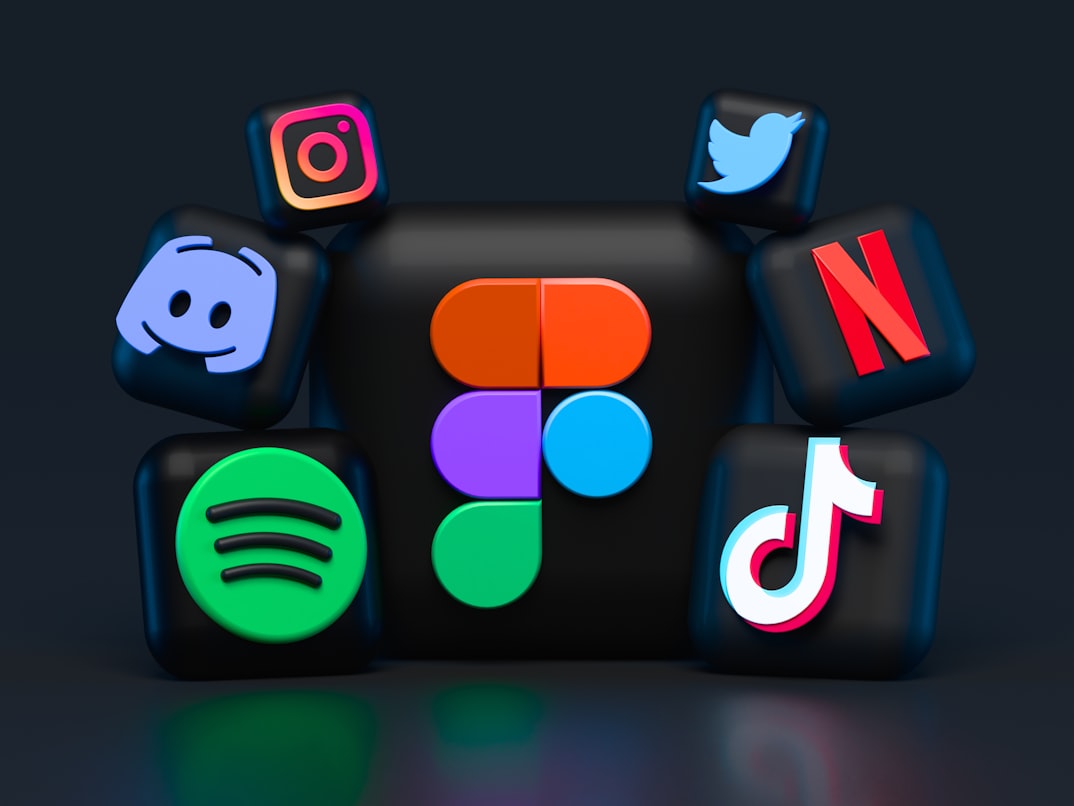📚 Table of Contents
- ✅ Introduction
- ✅ The Evolution of Influencer Marketing
- ✅ Key Trends Shaping the Future
- ✅ The Rise of Micro and Nano Influencers
- ✅ AI and Automation in Influencer Campaigns
- ✅ Authenticity Over Glamour
- ✅ Emerging Platforms and Formats
- ✅ How Brands Can Adapt
- ✅ Opportunities for Content Creators
- ✅ Conclusion
Introduction
Have you ever wondered how influencer marketing will evolve in the next decade? With social media algorithms constantly changing and consumer behavior shifting, the landscape of influencer marketing is undergoing a massive transformation. From the rise of micro-influencers to the integration of AI-driven analytics, brands and creators must adapt to stay ahead. In this deep dive, we’ll explore the future of influencer marketing and what it means for businesses, influencers, and audiences alike.
The Evolution of Influencer Marketing
Influencer marketing isn’t new—it has roots in celebrity endorsements dating back decades. However, the digital age has revolutionized how brands collaborate with influencers. In the early 2010s, macro-influencers with millions of followers dominated the space. Fast forward to today, and the focus has shifted toward authenticity, niche audiences, and measurable ROI. The future of influencer marketing will be shaped by data-driven strategies, long-term partnerships, and a stronger emphasis on storytelling.
Key Trends Shaping the Future
Several trends are redefining influencer marketing. First, performance-based partnerships are replacing one-off sponsored posts. Brands now prioritize influencers who drive tangible results, such as conversions or engagement. Second, short-form video content (think TikTok and Instagram Reels) is becoming the preferred format. Third, regulatory transparency is increasing, with stricter FTC guidelines ensuring clear disclosures. Lastly, virtual influencers and AI-generated personalities are gaining traction, blurring the lines between reality and digital artistry.
The Rise of Micro and Nano Influencers
While mega-influencers still have their place, micro (10K–100K followers) and nano-influencers (1K–10K followers) are becoming the backbone of successful campaigns. Why? Their audiences are highly engaged, niche-specific, and more trusting. For example, a local skincare brand might see better results partnering with five micro-influencers than one celebrity. These smaller creators often have higher engagement rates (sometimes exceeding 10%) and offer cost-effective solutions for brands with limited budgets.
AI and Automation in Influencer Campaigns
Artificial intelligence is revolutionizing influencer marketing in multiple ways. AI-powered tools like influencer discovery platforms analyze millions of profiles to find the best matches for a brand’s campaign. Predictive analytics help forecast campaign performance, while sentiment analysis gauges audience reactions in real time. Chatbots and virtual assistants are also streamlining communication between brands and influencers, making collaborations smoother and more efficient.
Authenticity Over Glamour
Gone are the days of overly polished, unrealistic influencer content. Today’s audiences crave raw, relatable, and unfiltered posts. A study by Stackla found that 86% of consumers value authenticity when deciding which brands to support. Influencers who share behind-the-scenes glimpses, personal struggles, and honest product reviews build deeper connections with their followers. Brands that encourage this transparency will thrive in the future of influencer marketing.
Emerging Platforms and Formats
While Instagram and YouTube remain dominant, newer platforms like TikTok, Twitch, and even LinkedIn are gaining traction in influencer marketing. Live streaming, interactive polls, and AR filters are becoming essential tools for engagement. Additionally, audio-based platforms like Clubhouse and Spotify Podcasts offer unique opportunities for influencers to connect with audiences in more intimate ways.
How Brands Can Adapt
To succeed in the future of influencer marketing, brands must adopt a strategic approach. This includes:
- Prioritizing long-term relationships over one-off campaigns
- Leveraging UGC (user-generated content) to build trust
- Investing in analytics tools to measure ROI accurately
- Diversifying influencer tiers (macro, micro, nano) for broader reach
Opportunities for Content Creators
For influencers, the future is bright but competitive. Those who specialize in niche topics, maintain high engagement, and diversify their income streams (e.g., merch, courses, affiliate marketing) will stand out. Platforms like Patreon and Buy Me a Coffee allow creators to monetize directly from their fans, reducing reliance on brand deals alone.
Conclusion
The future of influencer marketing is dynamic, data-driven, and deeply rooted in authenticity. Brands that embrace emerging trends, leverage AI tools, and build genuine relationships with influencers will gain a competitive edge. Meanwhile, content creators who prioritize audience trust and adaptability will thrive in this evolving landscape. Whether you’re a marketer or an influencer, staying informed and agile is key to success.


Leave a Reply